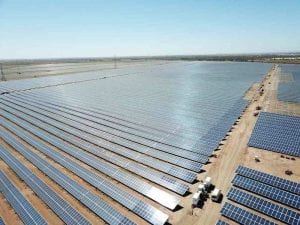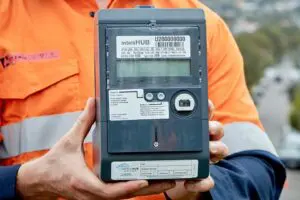Tens of thousands of Victorian households will have the opportunity to pay absolutely nothing in network charges over a five-hour period in the middle of each day, as part of a newly launched tariff trial from distribution companies CitiPower and Powercor.
The tariff, called Daytime Saver, follows the Australian Energy Market Commission’s August 2021 approval of new tariff structures – including the ability to charge for rooftop solar exports to the grid – to better accommodate distributed solar, batteries and electric vehicles.
While electricity distribution services usually appear on customer energy bills as a fixed cost, rule changes set by the Australian Energy Regulator allow a trial period of “wriggle room” for networks to work alongside retailers to adjust these costs to incentivise customers to change their usage patterns.
The AER is carefully monitoring the trials as part of the current 2019-2024 regulatory period, under the conditions that the tariff structures are “opt-in” only that no more than 1% of revenue is recovered from the trials, each year.
“We see this as offering businesses the opportunity to explore innovative tariff strategies while protecting consumers from the wide scale introduction of tariffs they may struggle to understand or respond to,” the regulator said in April of this year.
In CitiPower Powercor’s case, the The Daytime Saver network tariff, with prices set at zero between 10am-3pm, daily, is being made available for energy retailers to offer to a limited number of customers – 27,000 all up – as part of their power price plans over the next four years.
The main idea behind the offer is to educate customers about the benefits of using more power in daylight hours when energy is abundant and lower cost, instead of during traditional evening peaks.
For the network, the pay-off is that this shift in usage patterns promises to soak up some of the excess solar generation that is typically sloshing around the grid in the middle of the day, causing unprecedented lows in demand and the associated operational headaches that accompany them.
Across the Powercor network, more than 175,000 households or 23% of residential customers have a solar system installed on their properties as of the end of May.
Time-of-use tariffs are also expected to help network companies to avoid using some of the more controversial measures approved for dealing with the solar duck curve, such as charges for exports sent to the grid at times of peak solar generation.
And as an added upside, tariff plans like the Daytime Saver pave the way for non-solar households – particularly those that cannot install panels – to share in the spoils of free power from the sun.
“This type of tariff is an important way of ensuring all customers have equal access to the benefits of renewables,” said CitiPower and Powercor general manager of regulation, Renate Vogt.
“Customers without rooftop solar are actually expected to be the ones this tariff trial could suit best.”
Calculations suggest that typical customer who moved about a third of their energy use – pool pumps, airc-onditioners and washing machines, for example – to the middle of the day would save around $100 a year in network charges.
Electric vehicles owners would also stand to benefit, with additional savings predicted of up to $132 a year provided households moved at least one third of their vehicle charging to between 10am and 3pm.
“Not everyone can put solar on their roof as easily as they can buy an EV,” said Ross de Rango, the head of energy and infrastructure at the Electric Vehicle Council.
“One of the key long-term challenges in transitioning the vehicle fleet to electric is managing the impact on the energy networks.
“Incentivising EV drivers to charge their cars in the middle of the day when there’s generally plenty of solar, or the middle of the night when there’s generally plenty of spare network capacity, is a pathway to improved network performance and reduced energy costs for everyone,” de Rango said.
“We’re working to ensure all forms of distributed energy resources whether its solar, batteries, smart appliances, electric vehicles or future innovations, are integrated efficiently and flexibly in a distribution system that benefits all customers,” added Vogt.











